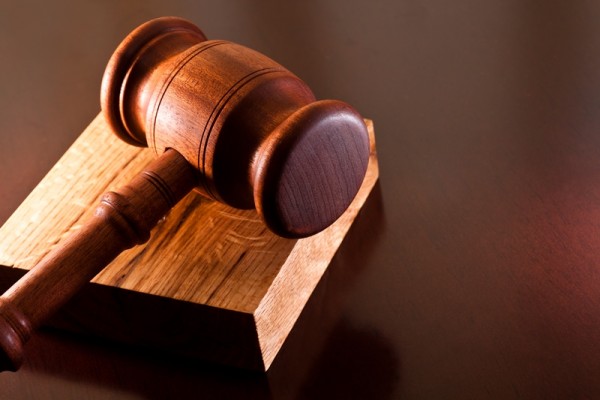Lane-keeping Technology Hopes to Keep Drivers in Their Place
Car manufacturers keep developing and testing technologies that are designed to help make driving safer. Anti-lock brakes are an example; warning systems that let drivers know they are getting to close to a vehicle ahead are another. Within the last couple of months, Ford Motor Company said it was going to make lane-keeping technology available as an option in the Ford Fusion and Ford Explorer 2013 models. With any technology, when it works correctly, it’s wonderful. But a recent story in the New York Times questions whether lane-keeping technology is ready to perform consistently to help drivers on the road in real conditions.
The Times explains how Ford’s lane-keeping technology works: A camera sits on the rear-view mirror. When the technology is turned on and the car is going faster than 40 miles per hour, the system detects lane markings on the road to determine if the car is approaching one lane edge or the other. If the driver does not have the turn signal on, the system thinks the driver is drifting. The system then causes the steering wheel to vibrate to warn the driver. If the driver doesn’t straighten up in the lane, the system is programmed to use the power steering to center the car back within the lane.
Where do problems arise? If conditions aren’t right for the camera, the system may not receive the information it needs. For example, the markings for lanes on a certain piece of road could be faded or not clear. The camera could also have difficulties seeing in low light, such as when the sun in low in the sky, or the scene is dark with heavy rain clouds. Curves in the road could also present challenges for the camera as it tries to detect lane markings. If the camera can’t detect lane markings, the lane-warning system does not engage.
According to the Times’ story, the National Highway Traffic Safety Administration does not believe the technology is ready for the agency to be able to recommend it to the public, saying that more evaluation and research is required about these systems.
Toyota, Lexus and Mercedes have similar technologies to assist drivers when a vehicle starts to drift, and drivers in Europe have had access to these types of vehicles. Manufacturers’ concerns about introducing lane-centering technology have arisen from the awareness that technology can’t be 100 percent reliable and drivers should not rely only on these systems. Drivers can do what technology—so far—can’t: that is make judgments based on context. As the Times’ story pointed out, what separates human judgment from the judgment the technology can make is that a human can infer what it means when a ball rolls into the street. An equally excellent point the writer of the Times’ story makes is that while the technology may not be perfect, and Ford’s lane-keeping system’s camera might not see everything, it’s not going to be distracted because it’s looking at email.
Technological innovations that assist drivers are wonderful, but drivers should not abdicate responsibility for driving and rely solely on warning systems to tell them when their driving is going awry.
If you are in an accident, you need support. AA-Accident Attorneys provides their clients the expert legal help to win results. You can feel confident that the car accident lawyer who represents you knows your concerns, and the issues you face with crowded roads, freeways, and highways that can lead to automobile accidents, motorcycle accidents, bus accidents, and truck accidents. The Los Angeles car accident lawyer knows these issues from the inside and out—as a legal professional and as a citizen who shares the road and lives in the communities.
AA-Accident Attorneys serves clients in many locations across the United States, and has a car accident lawyer to represent you in San Diego, Riverside, San Bernardino, Orange County, San Fernando Valley, Ontario, Newport Beach, Los Angeles, Fresno, San Jose, San Francisco, Sacramento, and Las Vegas.

lawyers are experienced in handling car accident cases and will ensure you get your accident injury claim handeld by an experienced injury lawyer.We can provide you with auto accident attorneys in many cities across the United States of America such as Riverside, Orange County, Los Angeles, San Fernando Valley, Pomona, Ontario, Newport Beach, and San Jose. See our locations section for all cited represented: AA-Accident Attorneys Injury Lawyer Locations. A California Car Accident Lawyer that will fight for you!


